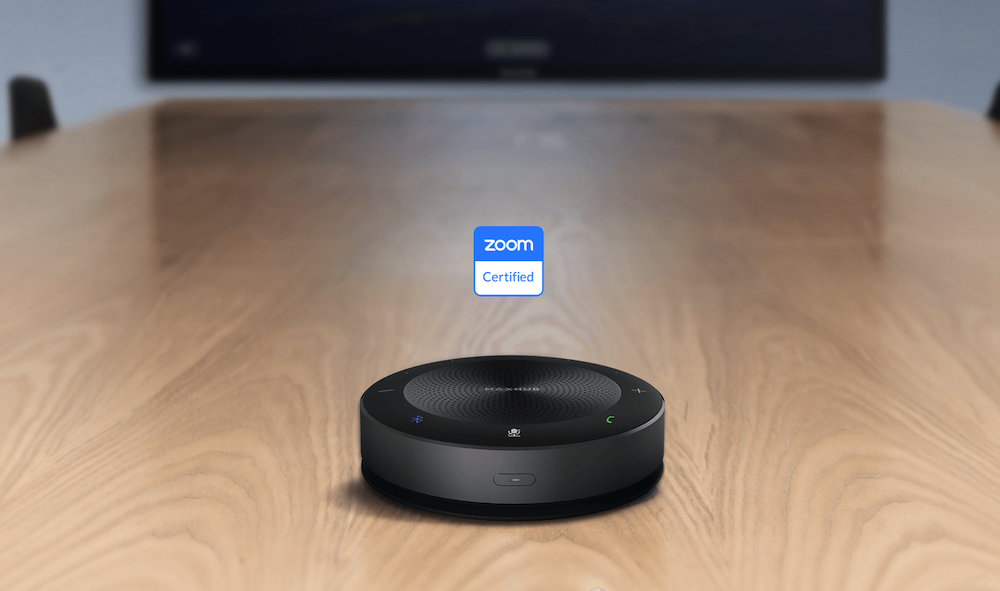
AMD has greatly improved his position in the sector of CPUs for servers and data centers, and the most interesting thing is that it has achieved it in only six years. When the company presented the Zen architecture, its market share in this sector was very low, so much so that it did not even reach 1%, as we can see in the attached table, and today it is already around 25%, according to Lisa Su, CEO of AMD.
Going from 0.8% to 25% market share in a sector as competitive as processors for servers and data centers is, of course, a commendable achievement. It has not been luck, nor opportunism or chance, this enormous growth has been the result of excellent work by AMD with its latest architectures.
With Zen the Sunnyvale company demonstrated that modular design was perfectly viable in the x86 sector. The launch of Zen+ strengthened its foundations, but it was Zen 2 that definitively established this type of design in high-performance processors, and with Zen 3 and Zen 4 the American giant set new ceilings in terms of single-thread and multi-thread performance.
Today, fourth generation EPYC processors offer the highest possible density of cores and threads per socket, with 96 cores and 112 threads for models based on Zen 4, and with 128 cores and 256 threads for models based on Zen 4c. Intel, for its part, offers a maximum of 56 cores and 112 threads per socket with Sapphire Rapids.
Performance and core density per socket are important, but consumption is also key when we talk about high-powered processors for servers and data centers. In this sense, the new generations of AMD EPYC processors have also achieved a very important advance that has placed them, in terms of efficiency, in a privileged position. We just have to see that a 96-core, 112-thread AMD EPYC 9654 has a 350 watt TDP.
If the trend continues, and at first we have no reason to doubt it, AMD is likely to end 2023 with a server market share close to 30%, or maybe even get over it. As you may have imagined, this growth on the part of AMD is being largely at the cost of a sustained decline that Intel has been dragging in recent years. Recently, one of the companies that has invested most heavily in fourth-generation EPYCs has been HPE with its ProLiant series. If you want more information about these servers, do not miss the free eBook that you can download by filling in the form that you will find just below these lines.





